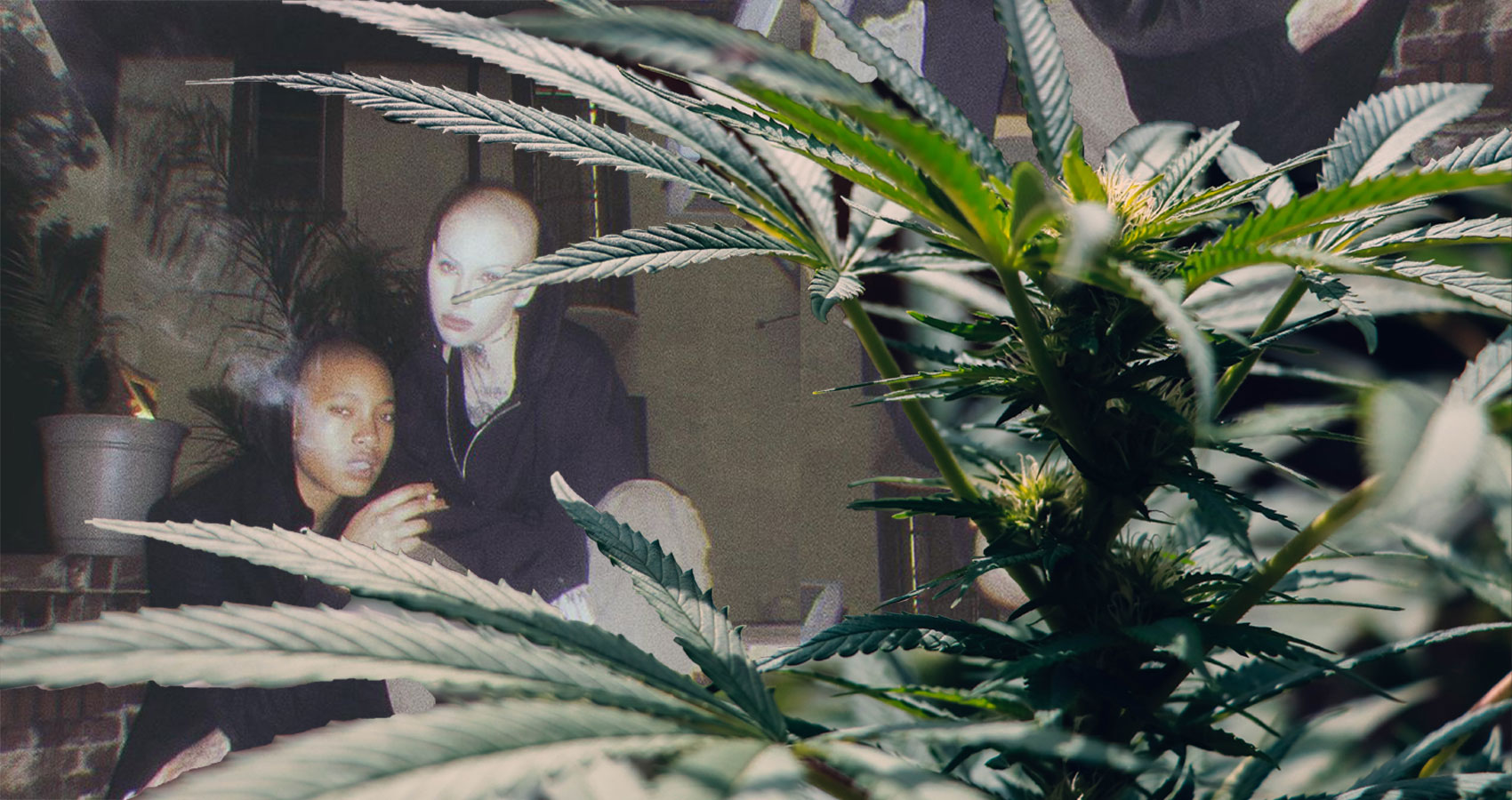
Generational Gap Of Cannabis Understanding And Use
Has the legalization of weed influenced use across generations?
Research shows that the weed readily available today differed in potency from the one available a decade ago. What about using trends and cultures? A few decades back, there could not have been as many dispensaries California as they are today. Has the legalization of weed influenced use across generations?
Wholesomely, the number of users is growing. The question is, are an equal number of aging individuals and younger people smoking more cannabis? And what exactly are the views of these users when it comes to understanding weed?

History of Cannabis Use
Up to 1970, people could freely use marijuana for recreational and medicinal purposes. The 1970 Controlled Substance Act led to weed being prohibited for both recreational and medicinal use. This is important because a larger part of aging individuals was alive during the prohibition.
The 1960s was an era that saw increasingly huge support for cannabis. People were using the drug freely; at the time, it could still be used as medication. After that prohibition, cannabis use slowed. This is mainly because the federal and state governments were putting strict consequences for people who went against the law.
The decline in use was mostly among the older adults as younger users still had the option of street vendors. As the years went on, the number of users kept decreasing.
Effect of Legalization on Use
Once California kickstarted legalizing marijuana, other states started following suit. Now, more than 21 states allow recreational use and even more than that allow medicinal use. The legalization effect has seen more people start using cannabis compared to the past. Does that cut across generations?
When it comes to weed use, one of the constant points is that aging individuals and young people are turning to the drug. The attitudes push these groups of people to use different, but at the end of the day, they each partake in the product.
On the side of aging individuals, studies show that a significant portion uses marijuana for their health benefits. These aging individuals who witnessed the booming 1960s and had prior knowledge of the drug are now turning to it for its medicinal value. Besides treating age-related diseases, cannabis has been proven effective in dealing with other conditions such as cancer.
Use among the older generations is motivated by the health benefits. In fact, when medical marijuana cards started being offered, a significant number were wary of weed as alternative medicine. It took years for aging individuals to trust that cannabis could treat some chronic pain and discomfort.
The main reason weed is efficient in helping with pain is the CBD compound. It is packed with beneficial properties that work on pain and lead an individual to experience general relief. Though a significant number of aging users smoke cannabis, the larger number only use it for the therapeutic properties of CBD.

On the other side are the young people. Proportionally, more young people use weed, and this can be attributed to its recreational benefits. Younger groups report using marijuana for its psychoactive effect. This can be further proved by the fact that they view the use of cannabis as a cool thing.
For recreational purposes, marijuana releases its THC compound, which interacts with receptors in the brain. This results in the feel-good high that most people pursue. It is common to find younger people using more potent strains with the hope of getting extremely high.
Differences in Using Culture in Line with Generational Gaps
Comparing aging users and younger counterparts requires a review of the general culture. As mentioned above, the motivators for using differ in elderly groups compared to younger ones. The former is more concerned with the therapeutic properties of weed, while the latter wants its psychoactive effects. This determines the type of strains they use, their methods of ingestion, and the frequency.
To begin with, the strains determine which effect the users receive. As you may know, some strains are more potent, and others are less potent. Among younger individuals, the tendency to pick highly potent strains is common. This is because they want an intense high where they get overwhelming euphoria, relaxation, and more.
Aging individuals tend to prefer less potent strains. This is because their primary need is the pain-relieving and stress-relieving attributes. They often tend to go for strains with lower THC and higher CBD. That way, they get a high that is not necessarily intense and a load of therapeutic value.
Secondly, younger people are more prone to choosing risky methods of ingestion. Studies show that younger people smoke more weed than other methods of ingestion. The elderly choose less harmful methods such as eating edibles and using tinctures and oils.
Lastly, on the frequency of use, younger people tend to use cannabis more frequently. Since their recreational use, they want to get high every few hours. In contrast, older people use cannabis when they need to. This could be twice a day, in the morning and evening, or even once a day.

Conclusion
Due to the generational gap between aged and young individuals, marijuana attitudes are somewhat different. Though reports indicate more people are using across the board, younger people are more than the elderly. This can be attributed to the need to chase a high and other recreational properties. This is opposed to older adults, whose main motivator for us is to fight the growing body and joint pains. Regardless of their varying reasons, it is safe to say that each group values cannabis.











